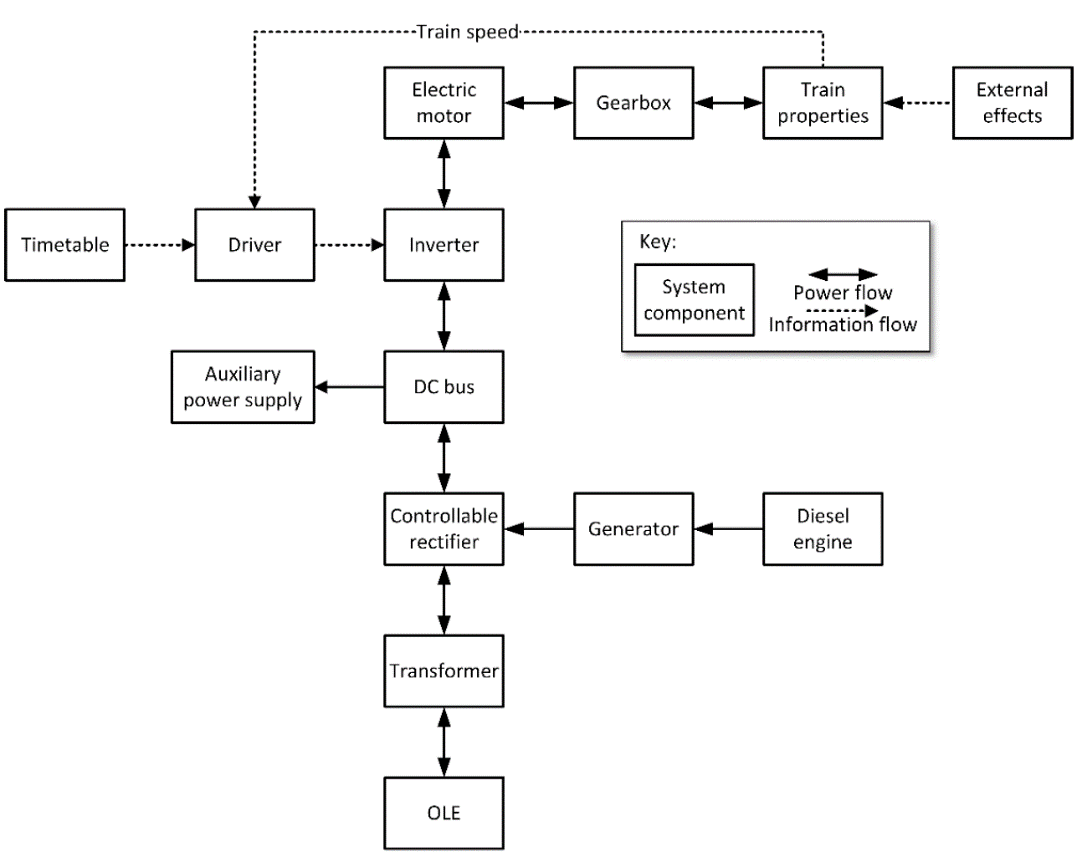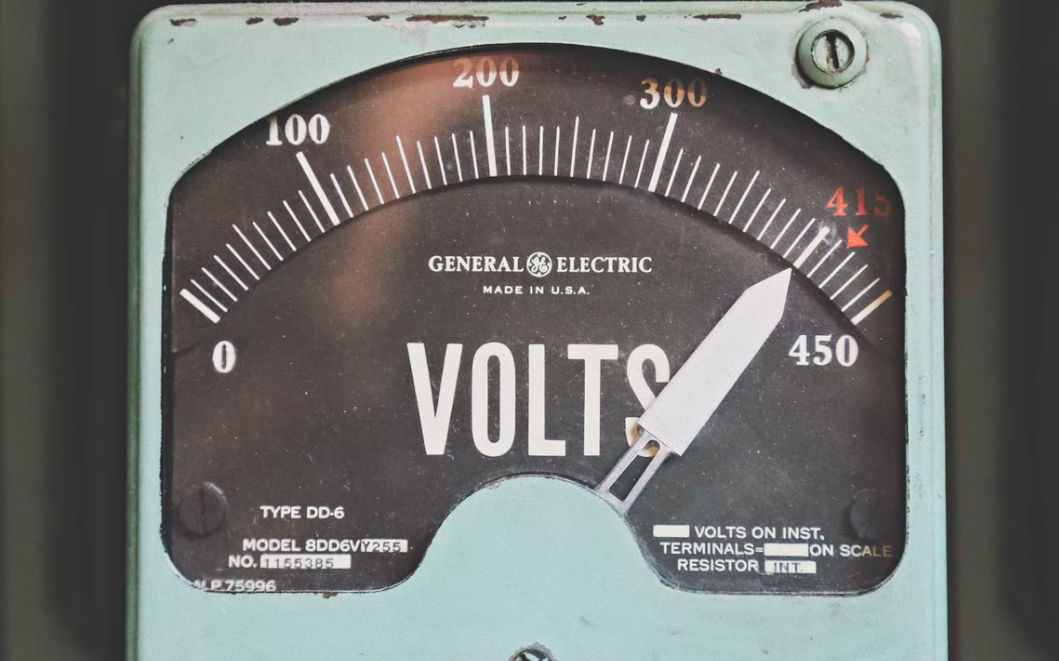Optimal power control for bi-mode trains

Loughborough University has developed a way to reduce the carbon dioxide produced by bi-mode trains, which run on electricity when overhead-line electrification is available and on diesel when not. Bi-mode trains are an interim solution for lines where electrification is not viable, but alternative power sources (e.g. hydrogen or batteries) are not sufficiently developed.
A project funded as part of RSSB’s Intelligent Power Solutions competition, developed a computer model of a Great Western Railway (GWR) bi-mode train on the Plymouth to London route, monitoring fuel consumption and carbon dioxide emissions in response to different interventions. For example, combining selective engine shutdown and dynamic speed limit adjustment reduced emissions by up to 19% (with corresponding reductions in electricity and fuel use). Further work could study the effects of optimised driver behaviour and timetable decisions on emissions, or the model could be adapted with battery or hydrogen modules. The technical report is available here.
 Block diagram of a bi-mode train showing simplified power and information flows
Block diagram of a bi-mode train showing simplified power and information flows
Loughborough University and Hitachi Rail Europe subsequently received funding under the EPSRC Decarbonising Transport through Electrification (DTE) Network+ to extend this work. The ‘Optimisation of Intermittent Electrification of Rail Transport for the Near-Term’ project analysed the cost and carbon dioxide emissions savings of discontinuous electrification schemes, using GWR routes as case studies, and found that discontinuous electrification could be viable as an interim stage to full electrification.
October 2021
Back



